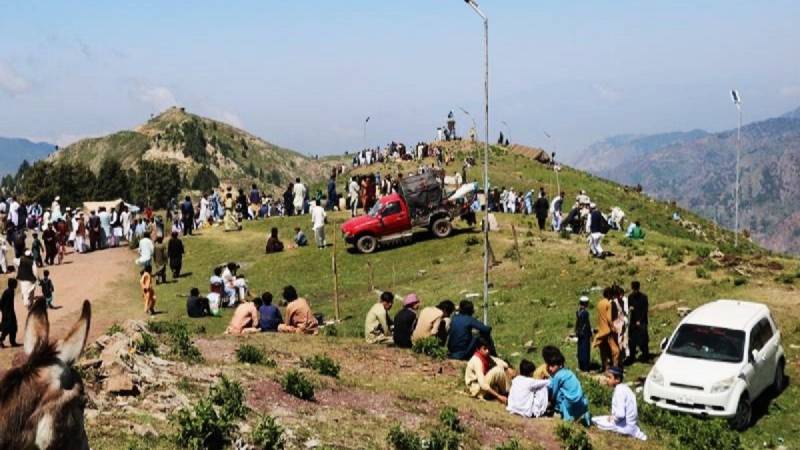
The month of July holds a special place in my personal life, for this month is now synonymous with a summer festival in the under-developed and extremely hard, mountainous terrain of Awidara, Jaba in Central Kurram. Imagining a summer festival in this wonderland of my childhood memories, bedtime winter stories and countless fond memories of my great-grandfather is a spiritually soothing experience.
My grandmother used to narrate to us the days of Viking-like raids by the warring tribes of Afridis from the then Khyber agency. Choosing this place for the summer festival has cultural, economic, historic and folkloristic significance. Since the local youth members have managed to arrange the second edition of this celebrated festival, despite heaviest odds, and they have planned to further expand its scope and festivities, it is important to highlight hurdles in arranging summer festivals in such a hard terrain, Jaba, a far-flung area of the merged district Kurram – and draw key lessons from the festival and its impacts on tourism, cultural values and regional image.
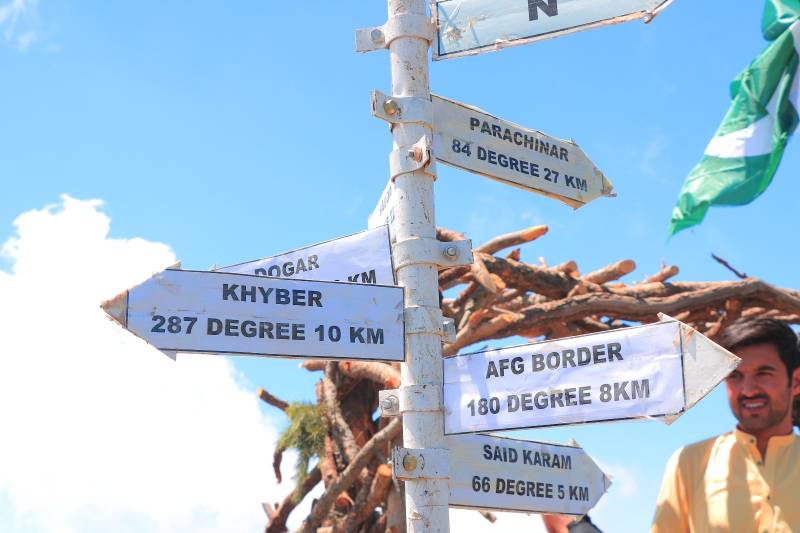
It is an established fact that change is not an overnight process, but rather a long, arduous process that may, sometime, take years. This adage was challenged by the vigorous, relentless efforts of the educated youth of Parchamkani, Central Kurram. Two years ago, the youth groups of Central Kurram came up with the idea of promoting tourism in their mountainous region through organising events and festivals. They were inspired by the tourism policy of the then PTI government in the province. The then provincial government had launched a documentation program for the tourist spots in the province, where most of the tourist spots remained unexplored. The government wanted to make a uniform policy for the selected spots, but, unfortunately, most of the scenic spots of Central Kurram were not included in the program. The educated youth of these areas was greatly disillusioned by the discriminatory approach of the provincial government. Channelising their disillusionment and to do the needful, they launched their own Spin Ghar Summer Festival in July 2021.
Launching the first edition of the festival was not an easy task, for there were countless hurdles. Firstly, the local clerics were opposed to the idea of hosting a festival that involved dhols, dancing and other creative cultural activities. They wanted to make it a religious festival. The youth groups tactically engaged them and assured them that all the activities would be ‘calm and peaceful’ This was the most difficult phase for them, and they successfully managed to convince these hardline groups.
There is a lesson in dealing with these people, for such groups always act as a spoiler to block anything progressive and pro people. The lesson is worth heeding, for the hardliners always sabotage progressive ideas and the softliners are dismayed by the rigidity of these hardliners – but getting discouraged by their rigidity isn’t a solution. Instead, constant and rigorous consultations with them can bear fruits. This is what these youth groups did, and they successfully managed to include these hardliners in the preparation of the festival. Another lesson is that inclusive engagement bears meaningful results.
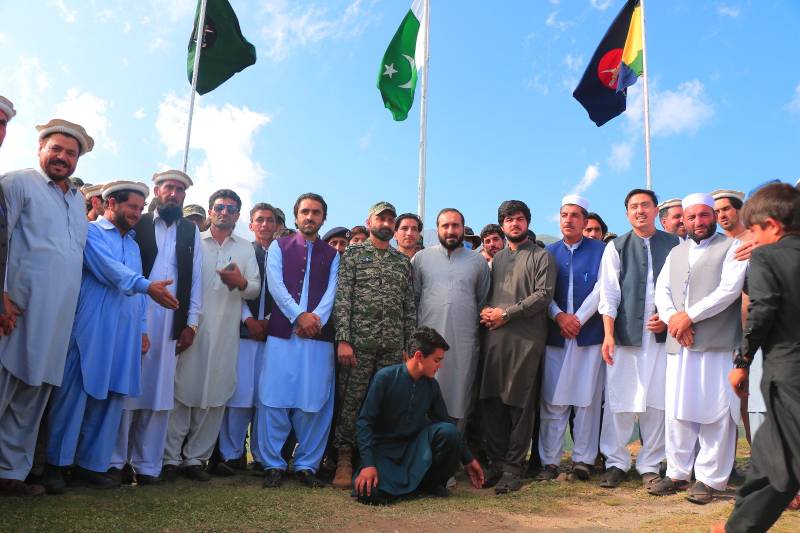
Secondly, mobilisation of the locals was an uphill task; they were not familiar with the idea of organising a festival on the lofty, mountainous terrain of Central Kurram. For this purpose, the youth groups engaged the community elders and talked to them about the significance of the festival in terms of sociocultural and economic development of the area. The response of local community elders was overwhelmingly positive. This phase of engagement of the youth with the elders dispels the impression of a yawning communication gap between the two significant actors. Elders of the area passionately listened to their youth and assured them of their unwavering support and help.
Thirdly, female participation of any kind, as singers, be it male or female, was banned as a condition of the clerics. Only cultural dance, the Attan, was hesitantly permitted. In a predominantly patriarchal society, female participation remained an impossibility.
The second edition of the festival saw a marked trend of local participation in the event; music and dance performances were loud and robust. The number of local shopkeepers sponsored by the organisers was huge. This edition was co-sponsored by the district administration Kurram and 112 Wing of the Pakistan Army. The candid speech by the Additional Deputy Commissioner Kurram (ADC) Muhammad Kamran Khan received an overwhelming response from the public.
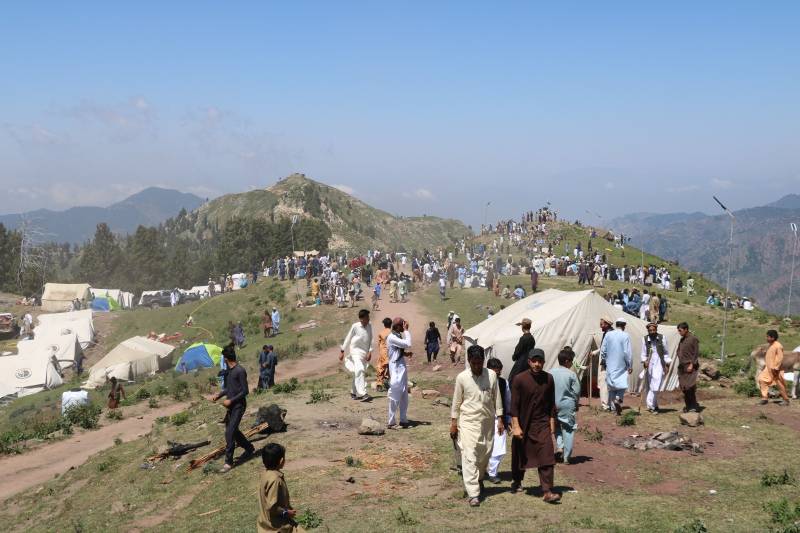
While the purpose of the festival was to raise awareness about tourism, cultural activities and to showcase the soft image of the terrorism-stricken region as a land of hospitality, but the local community elders used the opportunity to air their grievances against the lack of opportunities for the locals. The main theme of the festival was marred by the growing spirit of resentment among the locals, who were only concerned about their personal and community related issues.
The ADC, Kamran Khan, was extremely kind and affectionate to leave his official dinner, arranged by the event organisers, and went to listen to the aggrieved locals, invited them to a local tea stall, gave them his personal contact number and assured them of his fullest support. This encounter was the most pleasant one, because the locals were not accustomed to such kind treatment at the hands of an officer of the district administration – which has no tradition, at least in the living memory of these locals, of entertaining their angry outbursts.
As the second edition of the Spin Ghar Festival witnessed an influx of locals and the increasing involvement of the district administration, it still has a lot room for improvement and that can only be done by highlighting the key areas and the lessons learned from the two editions.
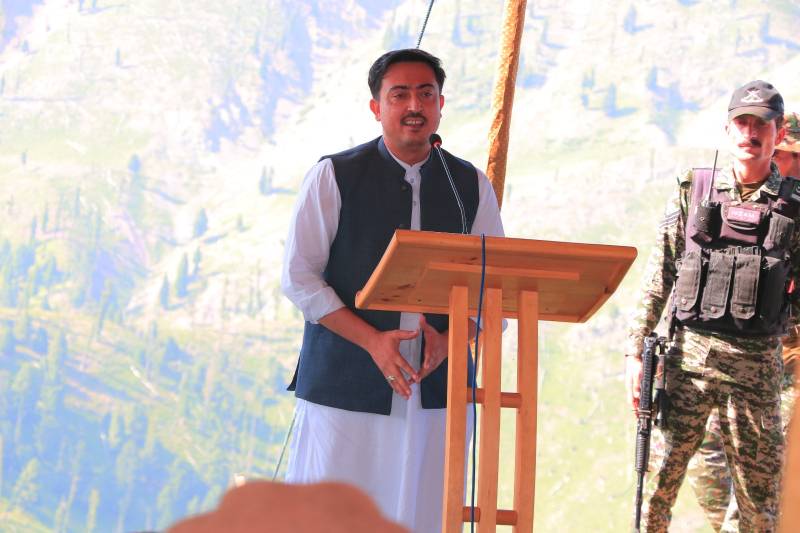
The first lesson that needs to be kept in mind is the concept of event tourism. It is the act of organising and promoting an event or program in a town or region with an aim and in the hope to attract domestic tourists. This concept needs to be practically implemented by the district administration to arrange and organise more tourism related events in the far-flung areas of District Kurram.
These events must not be confined to a specific area of Kurram, but they should be organised on the unexplored tourist spots. It is also important for these events and festivals to have variety of functions that caters to the local music, food and drink, traditional sporting events, religious dates and other related cultural events of the area. Such proactive and inclusive events tourism have the potential to not only generate economic opportunities for the job-starved locals, but can also restore the confidence of the locals in the revival and strength of their own cultural and artistic expressions.
The war-torn locals badly need to express their pent-up feelings and resentments through these viable platforms. But the key questions are: Is the government ready to promote and revive the cultural and artistic expressions of the tribal people through tourism? Is the government interested in sponsoring these festivals as a driving force for economic development; activating the venues for the regional economy and improving the image of these areas?
Secondly, the media exposure of these events and festivals in the tribal areas must be adequately disseminated through the print, electronic and social media platforms. The first two editions of the Spin Ghar Jaba Summer Festival had received inadequate media exposure, except for the campaign by the local social media platforms, no other established news platforms covered these events. Moreover, to establish tourism in these areas and to promote their value to visitors, prominent national celebrities need to be engaged to grace these events.
Thirdly, the district administration and the provincial government, in particular, must make strenuous efforts to establish tourism boards in the tribal areas and these boards must have prominent local youth members, teachers, journalists and women representatives. Based on the local cultural norms, proper guidelines for the tourists need to be made and they must be published in the regional and national languages for the convenience of the locals and the non-local tourists. Similarly, an evaluation report committee of the concerned tourism board must also be established to make proper reports on the proposed changes to the tourism guidelines for the merged districts.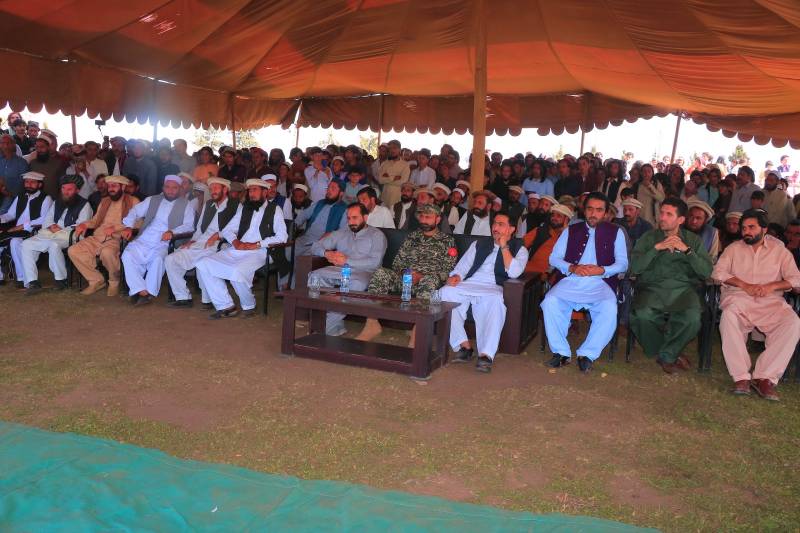
Fourthly, It is extremely important for the organisers and sponsors of these festivals to study and understand historical, local and cultural uniqueness of the region first. Events are arranged and organised everywhere, but what makes them unique and interesting are the inclusion of the local norms and traditions. There are many opportunities to discover new aspects such as local oral history, cultural expressions, dances and local embroidery products. The two editions of the Spin Ghar Jaba Festival failed to make any such efforts to showcase their local cultural uniqueness.
Fifthly, hosting and managing festivals requires massive collaborative efforts. The larger the event becomes, the more collaboration it requires. It is not only important to receive community support for successful and smooth management, but also to preserve and correctly present the life of the local communities. An increase in tourists could influence the local communities in negative ways. It is, therefore, necessary to assess public opinion before hosting such festivals and return the profits to all. It should be an event of the locals, by the locals and for the locals.
Sixthly, the organisers and sponsors of in faraway areas of district Kurram must make relentless efforts to arrange festivals in the under-reported and unexplored tourist spots in Central Kurram. These tourist sites include: Murghan, Alisherzai, Mamozai Sama, Neekay Ziarat and the Parachamkani tourist sites which are completely underrepresented. As for the unexplored. they include: Mahkhmandi Top, Jaba Awidara, Sarpakh, Said Karam, Daradar Gandaoe and Gul Pattay. Similarly, Parachinar in district Kurram also possesses some extremely popular and richly historical tourist attractions which used to be summer residences of the Mughal and British rulers. Monuments and structures, dating back to the Raj era can be easily found in Parachinar, testifying to the rich historical heritage of district Kurram.
Lastly, to make event tourism a possibility and to invigorate regional economic opportunities, the provincial government will have to establish peace in the tribal areas. The recent surge in the violent activities of the Tehrik-e-Taliban Pakistan (TTP) has greatly shattered the morale and energy of the locals. The recent edition of the Spin Ghar Jaba Festival was also marred by the looming threat of these violent tendencies.
It remains to be seen whether the makers of Pakistan’s future want to invariably feature its tribal areas in the lists of international tourist destinations – or whether they would rather have them in UN designated lists of international no- go areas.

